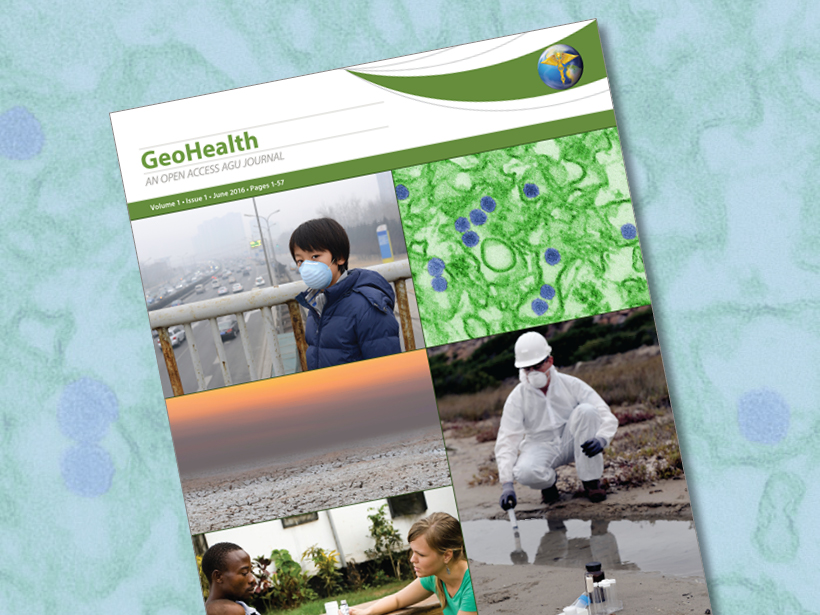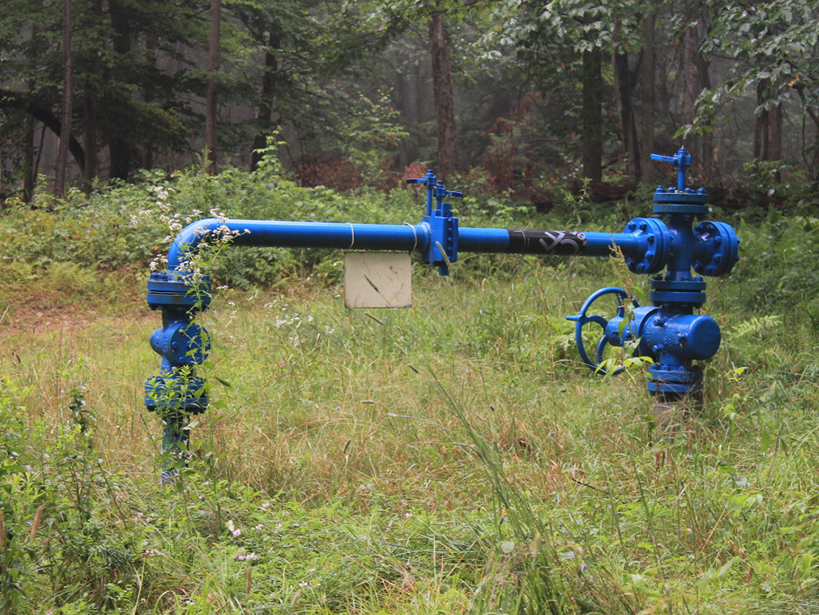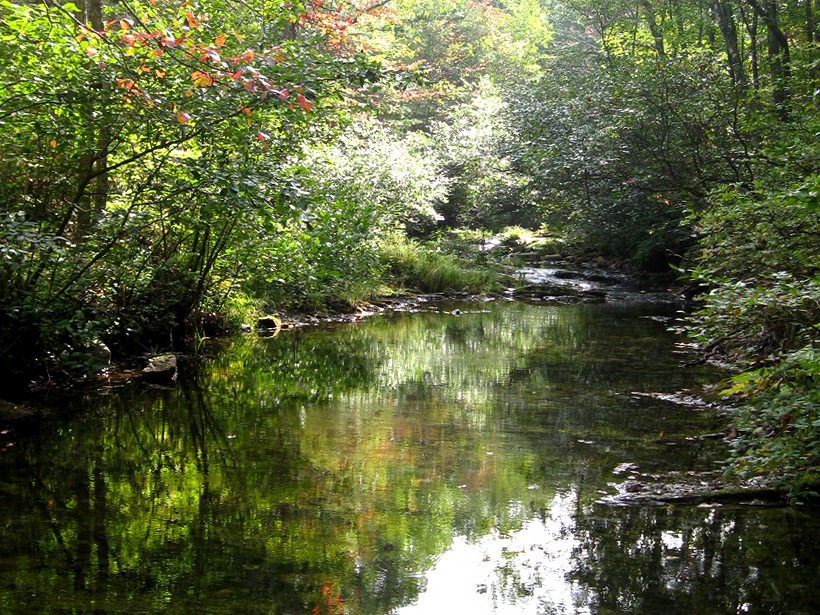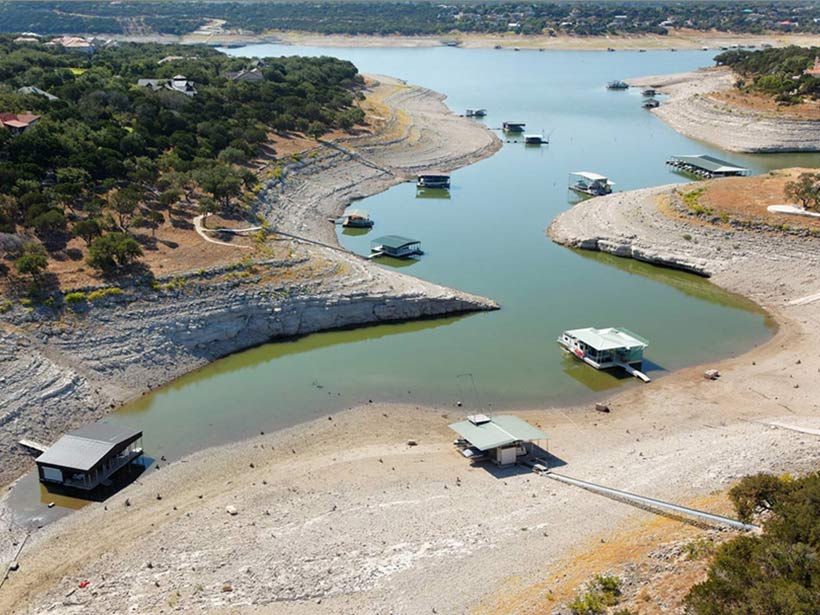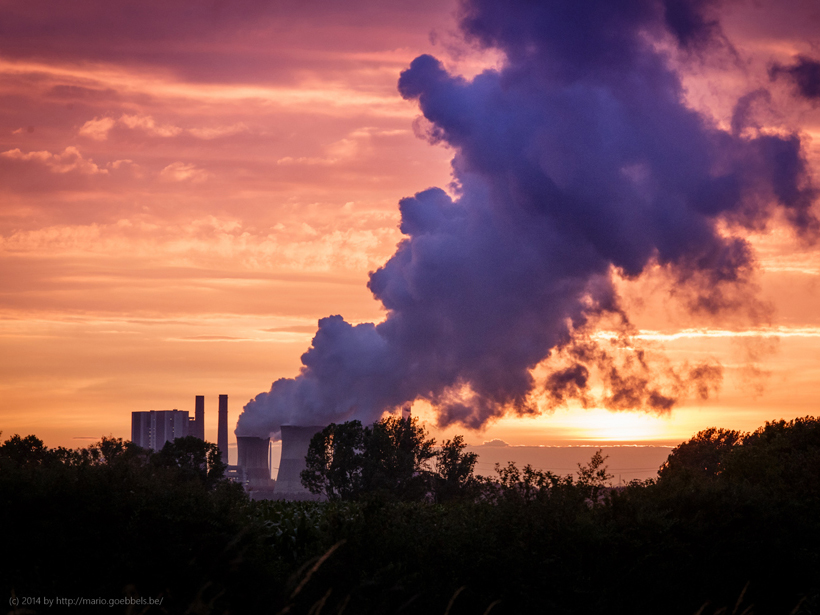Injecting aerosols into the atmosphere on purpose could help cool Earth, but new research shows that it could also make the night sky brighter and negatively affect human health.
geohealth
AGU Expands into Geohealth, Starting with New Journal
The journal GeoHealth, to be launched by the American Geophysical Union and Wiley, will disseminate research relating Earth and environmental sciences to human, agricultural, and environmental health.
What Happens to Methane That Leaks from Abandoned Wells?
Three-dimensional simulations suggest that some aquifers may be more vulnerable to contamination from leaky oil wells than others.
Groundwater Contamination in Karst Regions Affects Human Health
Karst, Groundwater Contamination, and Public Health: Moving Beyond Case Studies; San Juan, Puerto Rico, 27 January to 1 February 2016
How Much Dissolved Mercury Is Present in Streams?
The results of a new study suggest that an improved understanding of the processes mobilizing mercury in soils will be necessary to predict water quality impacts.
Climate Predictions and Infectious Diseases in Southern Africa
Symposium for Science and Technology Research Partnership for Sustainable Development (SATREPS) Project 2015; Pretoria, South Africa, 12 October 2015
Anticipating Cascading Effects from Climate Extremes
Preparing for High Consequence, Low Probability Events: Heat, Water & Energy in the Southwest; Tucson, Arizona, 28–29 September 2015
The High Cost of Switching Power Sources
Researchers construct a world where nuclear energy everywhere is replaced with coal, with stark consequences for human health and the environment.
Dirty Water: Unintended Consequence of Climate Resiliency
Scientists testing the quality of floodwater in a Florida city find potentially harmful bacteria.
Mercury in Rain Increasing in Western and Central United States
Despite tightening emissions rules, mercury concentrations are rising in rainfall wetting western and central regions of the United States. The pollutant may waft in from Asia, scientists speculate.


